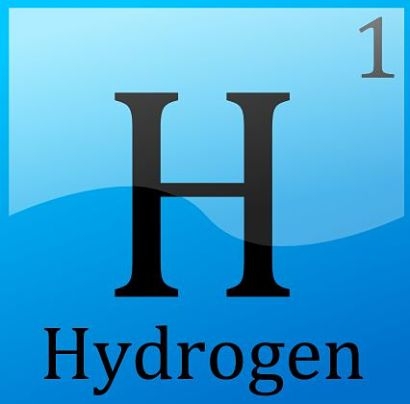
Electrolysis of water into hydrogen and oxygen is a potential source of clean hydrogen fuel. However, the process requires efficient electrocatalysts. Unfortunately, conventional techniques often overestimate their efficiency.
However, researchers from Japan have now demonstrated an alternative technique for gauging the electrocatalytic performance accurately, opening doors to a smooth transition from lab-scale studies to large-scale hydrogen fuel generation and commercialisation of new catalysts with no activity loss issues from overestimation of activity with transient voltammetry techniques.
Two issues have long stood in the way: the large amount of energy lost, and the cost of electrocatalysts (catalysts used for electrolysis). Fortunately, several new kinds of electrocatalysts have made their appearance, which could potentially solve these issues.
The screening of new electrocatalysts is conventionally performed with techniques such as ‘linear sweep voltammetry’ (LSV) and ‘cyclic voltammetry’ (CV), which involve applying a constantly changing voltage to an electrode and monitoring the resulting current. As this current depends on the rate of oxidation or reduction occurring at the electrode, the measured current readings can be used to determine the effect of an electrocatalyst on the speed of the electrolysis reaction.
However, an obvious drawback of these techniques is that they cannot accurately record the ‘steady-state’ response of the electrocatalyst as it does not experience a particular applied voltage long enough to do so. As a result, substantially high current readings are often recorded, which do not reflect the true catalytic activity, hindering the development of efficient electrocatalysts and promotion of the same to large-scale processes.
In a new study published in the Journal of The Electrochemical Society, Assistant Professor Sengeni Anantharaj from Waseda University, Japan, along with his collaborators Dr. Subrata Kundu from CSIR-Central Electrochemical Research Institute, India, and Prof. Suguru Noda from Waseda University have now found a way around this problem, demonstrating an alternate technique called “sampled current voltammetry” (SCV) as a more reliable indicator of electrocatalytic performance at a constant steady-state applied voltage.
“Screening catalysts accurately is just as important as developing new catalysts for all energy conversion reactions” said Professor Anantharaj. “Our work has highlighted a way to make accurate measurements of electrocatalytic activity previously not possible with conventional transient techniques.”
Before applying the SCV technique, the researchers analysed the errors resulting from LSV. To show the deviation in current values, they used a steady-state technique called ‘chronoamperometry’ (CA), which is the most accurate method of all yet time consuming to measure current at constant voltages and compared it to the values obtained from LSV.

To determine the activity of electrocatalysts used in electrolysis, they measured the current readings of both the oxygen-producing and hydrogen-producing half-cell reactions. Using a stainless-steel (SS) electrode, precipitated Co(OH)2 (cobalt hydroxide), and platinum foil as catalysts in a KOH (potassium hydroxide) solution, the researchers found that the current density readings from LSV and CA differed significantly, with the difference growing wider at higher applied voltages.
Using the same setup, they then applied the SCV technique and recorded the current densities at various fixed voltages obtained from the steady-state CA responses.
“To validate the suitability of SCV, we recorded the CA responses of the SS electrode at various regularly increasing voltages for 130 seconds, within which the SS interface was able to reach a steady state” added Professor Anantharaj.
From the sampled current readings, the researchers found negligible difference compared to the steady-state CA technique, demonstrating the reliability of the SCV in correctly determining electrocatalyst’s behaviour at different voltages. Additionally, while the SCV is particularly useful in the search for a suitable electrocatalyst for water electrosplitting, it can be used to screen electrocatalysts accurately for any electrochemical reaction.
“By addressing the long-standing problem of catalyst performance loss when promoted from the lab to the practical processes, our work could speed up the worldwide adoption of large-scale hydrogen generation from electrolysis” said Professor Anantharaj.
For additional information:

